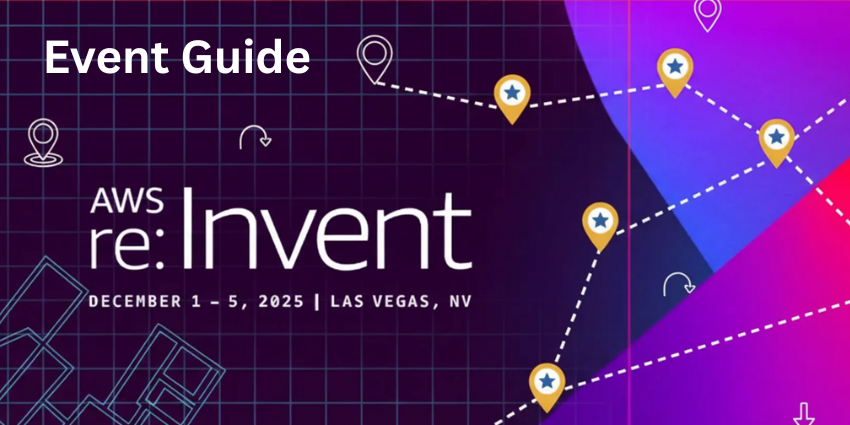The US Inland Revenue Service (IRS) is turning to AI agents for backup. With its workforce down by a quarter this year, the tax agency is rolling out Salesforce’s Agentforce platform across several divisions as it tries to keep services running with fewer people.
The IRS will use Agentforce across the Office of Chief Counsel, Taxpayer Advocate Services and the Office of Appeals, Paul Tatum, Executive Vice President of Global Public Sector Solutions at Salesforce, told Axios.
The move follows major staffing cuts at the agency implemented by the Department of Government Efficiency (DOGE), which has since been quietly disbanded according to reports, as well as furloughs during the recent government shutdown. The IRS lost around 25 percent of its staff between January and May, shrinking from roughly 103,000 employees to about 77,000, according to a report from the Treasury Inspector General for Tax Administration (TIGTA).
The US Congress has reduced the IRS’s funding under the Inflation Reduction Act (IRA) from $80BN over a 10-year period to $37.6BN. And proposed budgets for the 2026 financial year would reduce the agency’s annual funding by around 20 percent.
“Completing IT modernization projects, providing quality service to taxpayers, and enforcing tax laws with a reduced workforce and budget will be challenging for the IRS,” the TIGTA said.
That’s where Salesforce comes in. The vendor received FedRAMP High Authorization back in June for Agentforce alongside its Data Cloud, Marketing Cloud, and Tableau Next offerings. It launched its Agentforce for Public Sector edition in August, which provides government agencies and local authorities with tailored, pre-built and AI agents.
Salesforce has already been working with the IRS to modernize some basic technology in those departments and will now add AI agents to handle tasks like generating case summaries and searching data to reduce the time it takes to handle customer interactions.
The aim is to help employees process cases so that taxpayers get the information they need faster, rather than to replace them, Tatum said.
The TIGTA pointed out that the agency still needs human staff to manage its complex remit:
“Despite numerous ongoing automation projects, the IRS still needs skilled and experienced employees to interpret tax law changes, investigate criminal activity, prevent fraudulent refunds, and implement complex coding changes for its information systems.”
That puts pressure on employees to deliver all this while providing a satisfactory service to taxpayers.
According to a separate TIGTA report in October, the Inspector General received nearly 250 complaints from taxpayers during the 2024 filing season, from January through May 2024, about interactions they had with IRS representatives.
The TIGTA found that IRS contact center representatives were typically courteous and professional in their interactions with taxpayers. But it identified “some instances where improvements are needed”. In 11 percent of call recordings, taxpayers received poor customer service, such as unprofessional behavior from IRS representatives, long wait times on hold or disruptive background noise. Another 15 percent of calls were either dropped or disconnected.
Why Automated Platforms Are Emerging as a Fix for Government Contact Center Shortages
AI platforms like Agentforce could provide a solution for government organizations like tax agencies that are facing a challenge in staffing contact centers to provide service to millions of taxpayers, especially during peak seasons.
Efforts to boost contact center productivity eventually hit a natural limit, because employers face a challenge in maintaining full staffing. “There’s a ceiling. You can’t make people give 110%. We work with governmental organizations who are losing employees and haven’t got the power or the money to fire into that space,” James Mackay, Regional Sales Manager at conversational AI firm Rasa, told CX Today in a recent interview.
Faced with thinning ranks from retirements, budget cuts or hiring freezes, these agencies are turning to AI to help frontline employees manage the workload. Mackay laid out the scope of the challenge ahead:
“Not reimagining how it works is an existential threat. It’s not like they need to just pay more for people; they can’t get the people. So now they have to figure out how they rationalize that ability to serve these customers. You’ve got a government who can’t afford the contact center, who legally have to provide that service, how are they going to do it?”
For government organizations, changes in service approaches such as scaling back contact center operations are not simply a business decision.
In the UK, HMRC was forced to backtrack almost immediately last year on plans to reduce its customer helplines in an attempt to funnel taxpayers towards its digital services such as chatbots and online forms. The agency stated that was “halting its plans in response to the feedback” from the public, business groups and politicians.
The Canada Revenue Agency (CRA) has also come under scrutiny in recent months following layoffs earlier this year, given ongoing taxpayer complaints around long wait times, unanswered calls, and contact center agents providing inaccurate tax information. The CRA has hired back some staff, as the issue has been escalated to Parliament and the Auditor General. An assistant commissioner at the CRA, Melanie Serjak, told MPs in a standing committee in October that the agency is looking at AI, among other technology tools, to assist agents in providing accurate responses.
While AI is often touted as a solution that “makes everything better,” supporting staff in government agency contact centers is one area where there is true potential, Mackay added.
“Is AI the answer to that? It might not be. There might be other ways… like outsourcing has been a favorite way of dealing with that. But AI has a real chance, if used well, to help augment and get rid of—to some degree—some of the requirements for bums on seats.”
For an agency that fields millions of questions, complaints and appeals each year, even small improvements in case handling can translate into noticeable gains in service experience for the public.
Summarizing long case files, retrieving policies instantly, drafting communications, and pulling up relevant data are the kinds of small efficiencies that add up to noticeable real-time savings in understaffed environments.
However, the challenge will be using AI solutions appropriately and avoiding the risk of hallucinations related to tax filing or collection, which could have serious consequences for taxpayers.
Organizations will need to establish clear guardrails around how automated systems handle sensitive financial information, making sure that every recommendation or calculation they make is grounded in verified data. Human oversight will remain critical, particularly if AI is tasked with interpreting complex regulations or communicating with taxpayers.
Salesforce, for its part, recommends deploying AI agents for non-critical tasks and where human experts can easily intervene.
“Salesforce doesn’t advocate for a blind AI processing tax returns without a human being involved in reviewing and supplementing it,” Tatum told Axios. “When the agents are built, there’s a lot of guardrails put in … [they’re not] allowed to make final decisions, they’re not allowed to disperse funds.”
For other government organizations, the IRS’s move offers a case study into how AI might fit into their own service delivery approaches, aimed squarely at relieving pressure on overworked teams.







